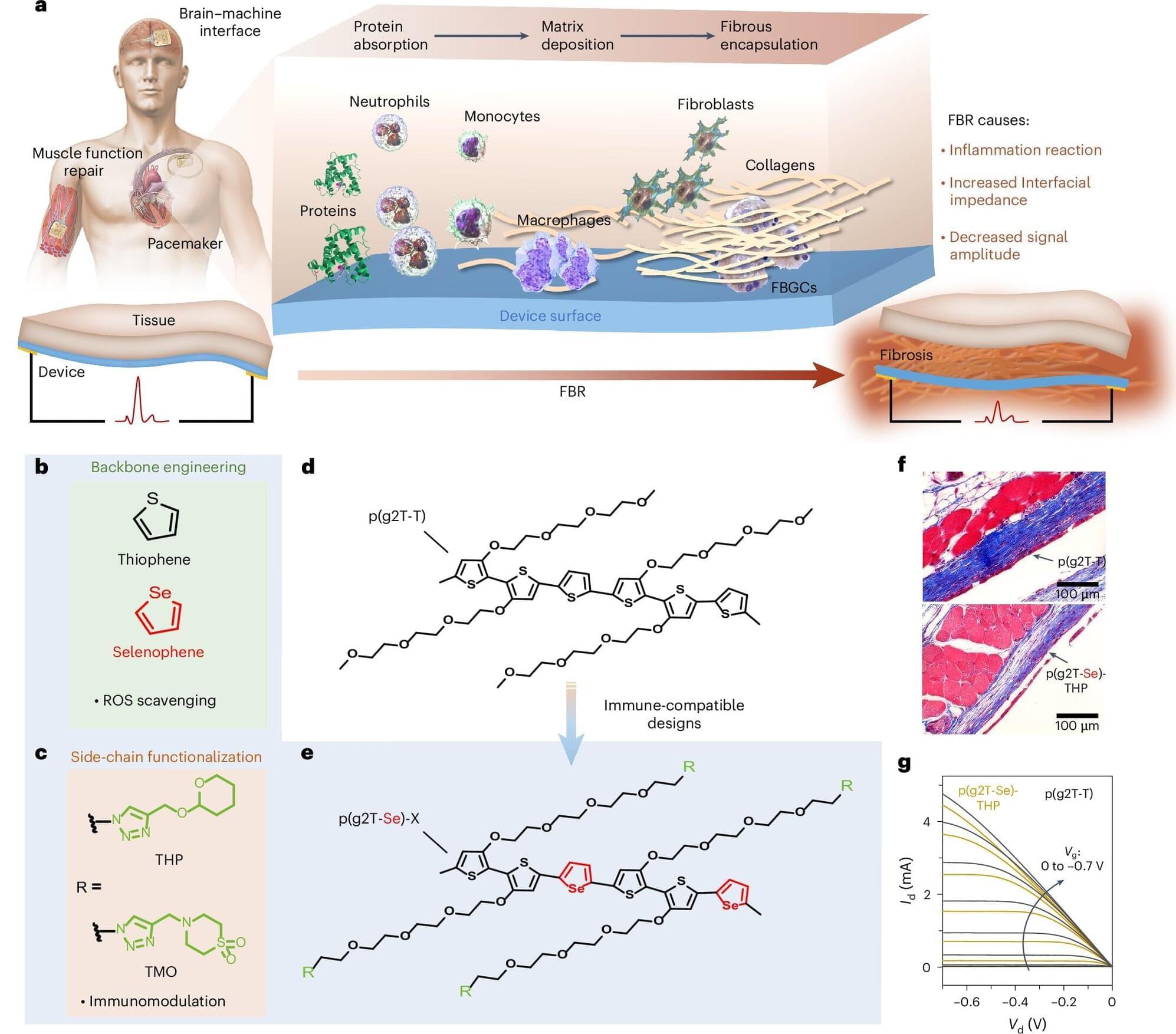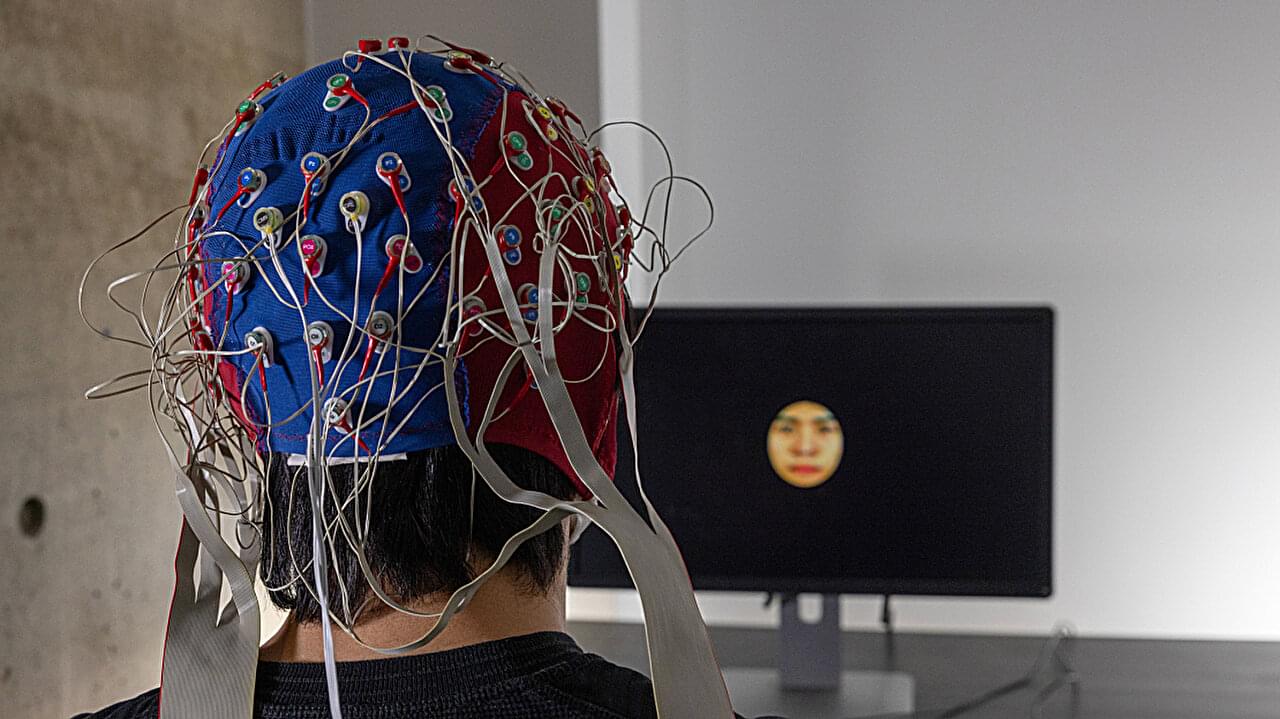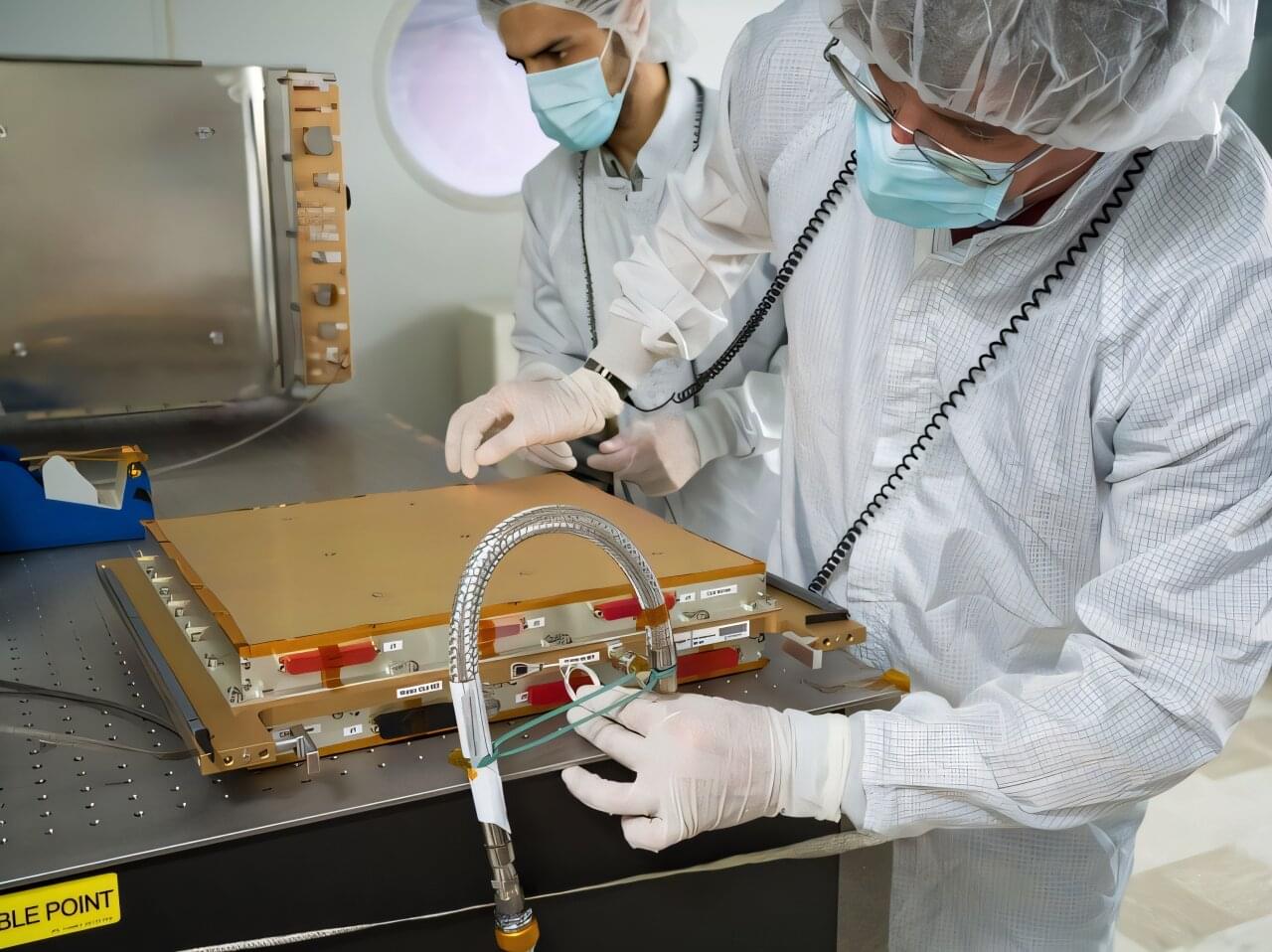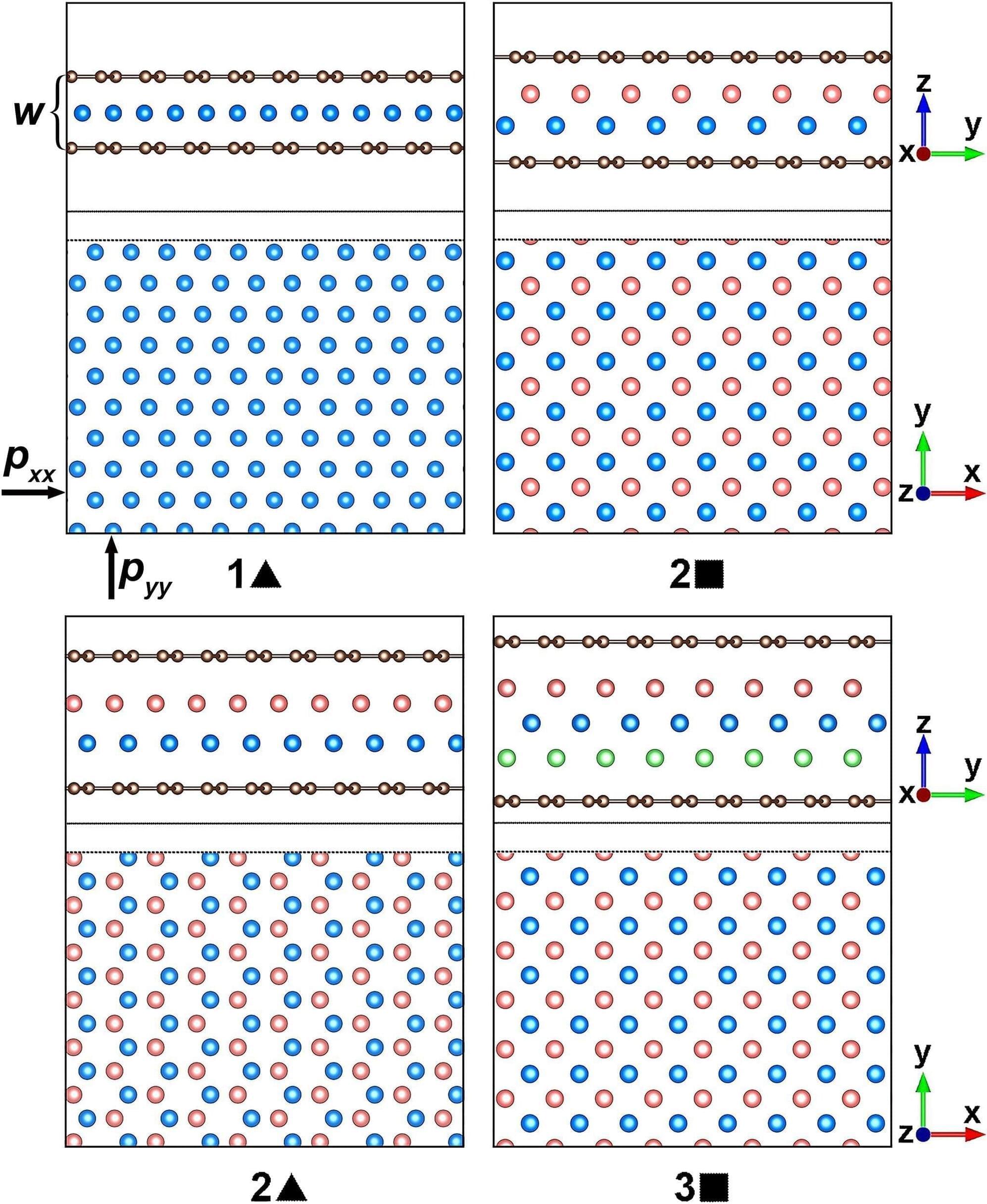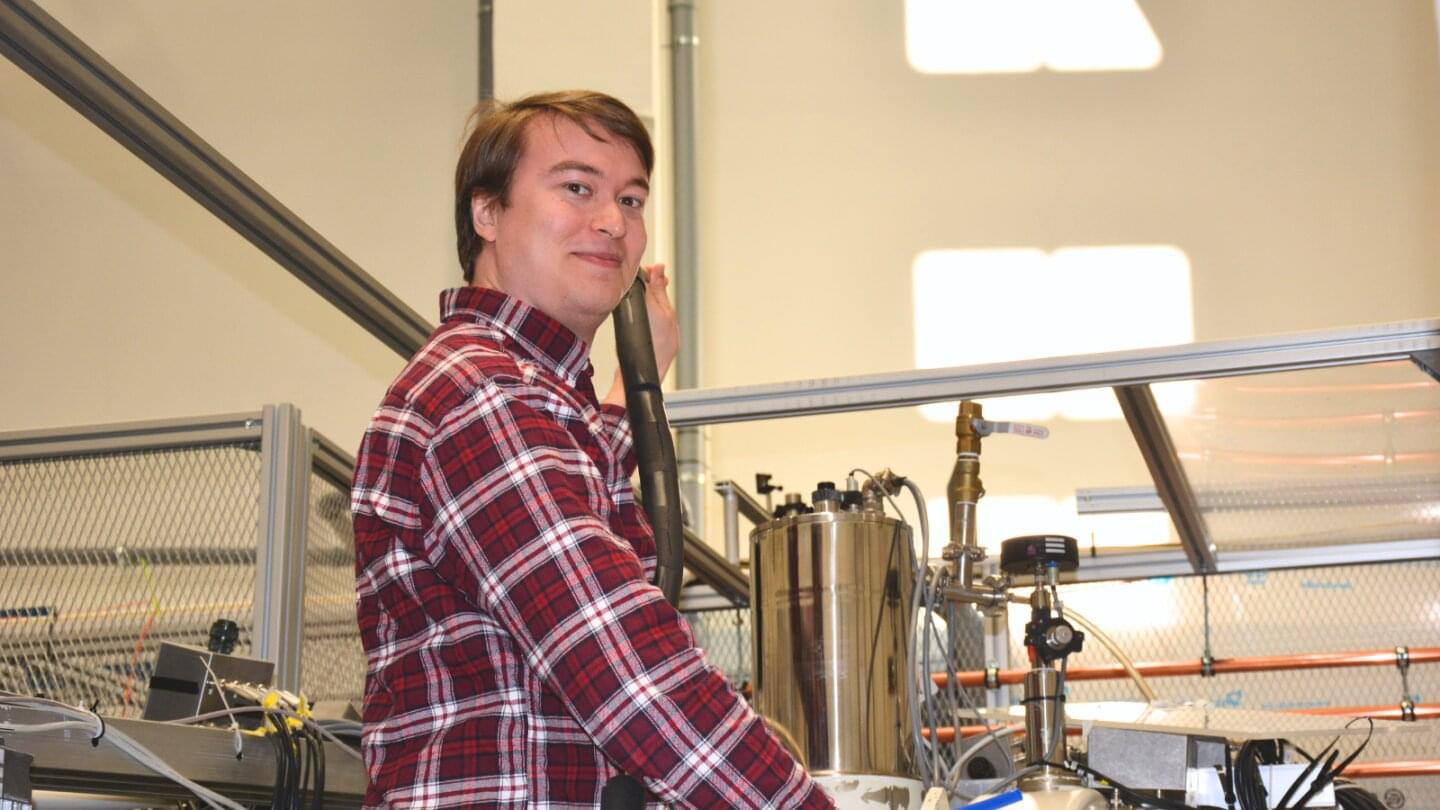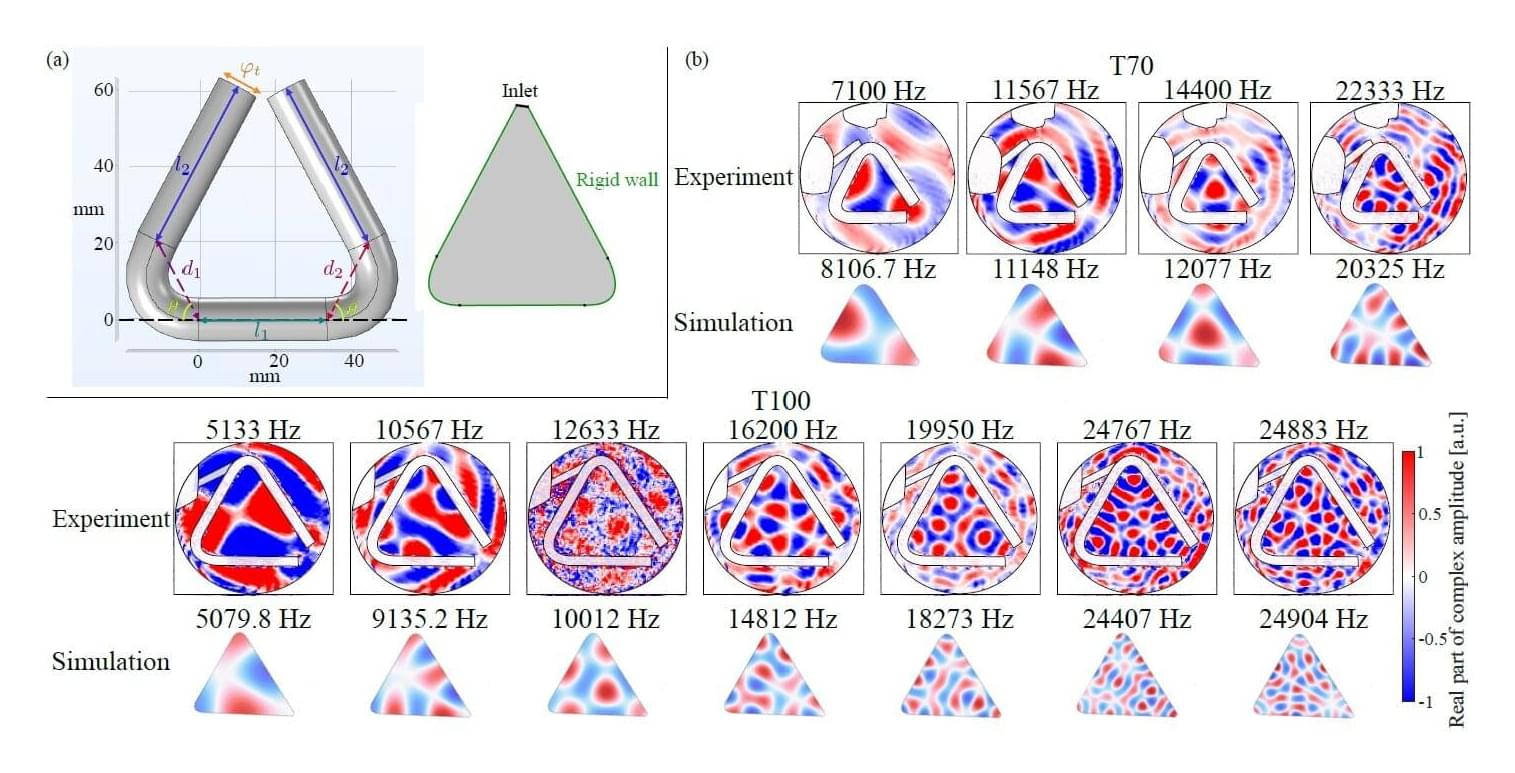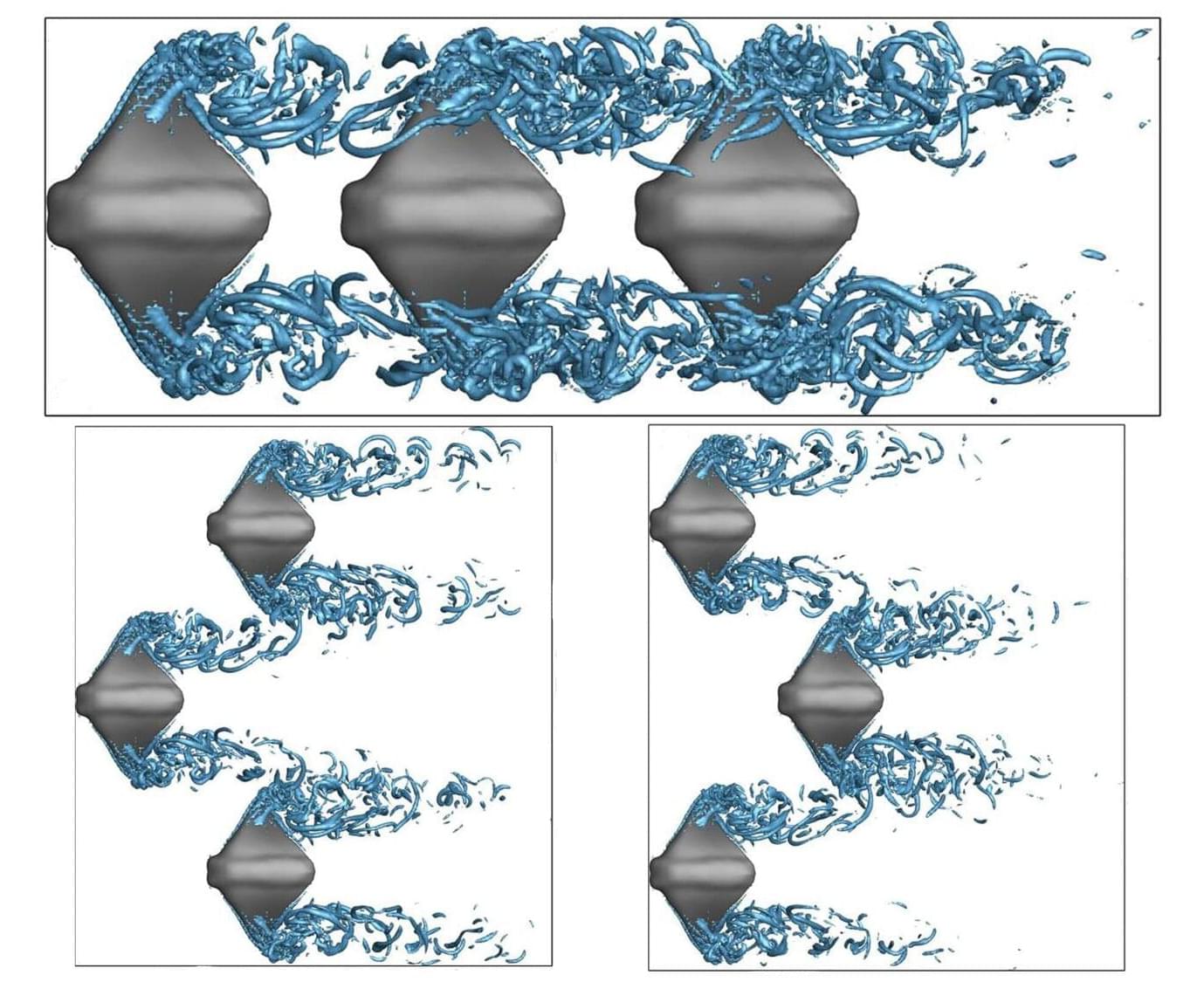Exactly 100 years ago, famed Austrian physicist Erwin Schrödinger (yes, the cat guy) postulated his eponymous equation that explains how particles in quantum physics behave. A key component of quantum mechanics, Schrödinger’s Equation provides a way to calculate the wave function of a system and how it changes dynamically in time.
“Quantum mechanics, along with Albert Einstein’s theory of general relativity are the two pillars of modern physics,” says Utah State University physicist Abhay Katyal. “The challenge is, for more than half a century, scientists have struggled to reconcile these two theories.”
Quantum mechanics, says Katyal, a doctoral student and Howard L. Blood Graduate Fellow in the Department of Physics, describes the behavior of matter and forces at the subatomic level, while general relativity explains gravity on a large scale.

